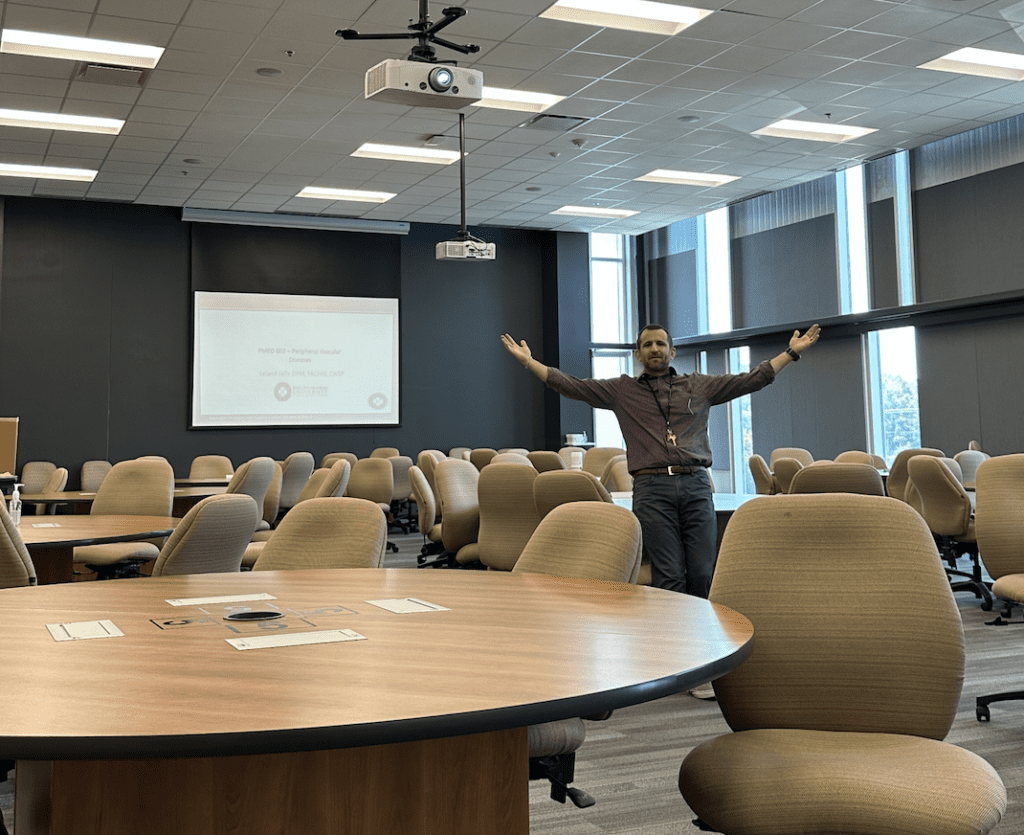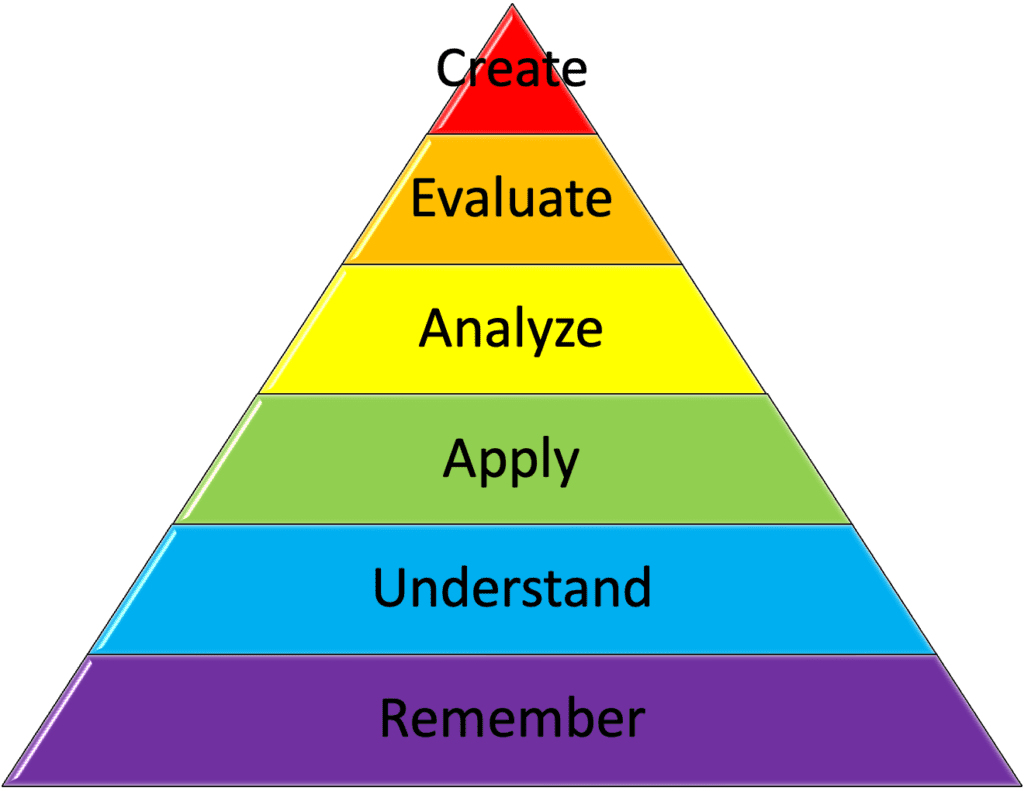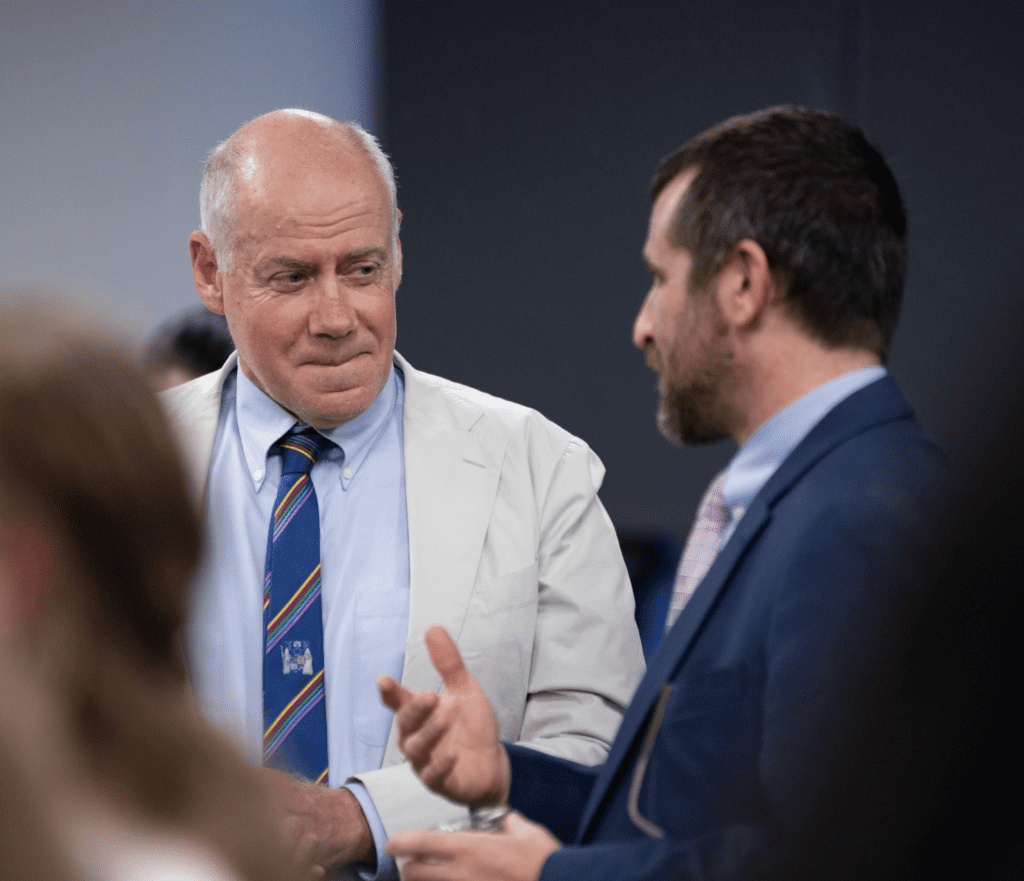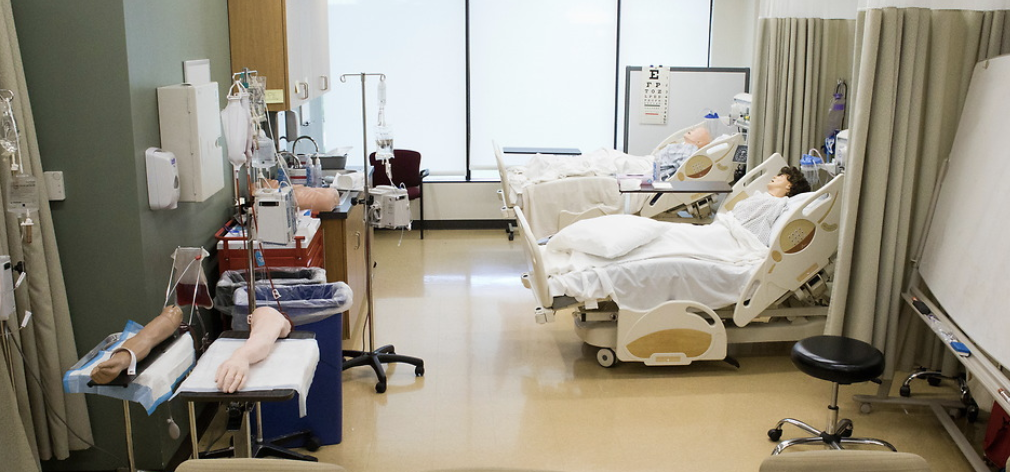Higher education is ever-changing, and as educators, it’s our responsibility to ensure that learning remains captivating and enriching for our students. In a world where attention spans are constantly challenged (TikTok, Instagram, short-form video…), finding engaging teaching methods is crucial. Here are some innovative approaches to keep the spark of curiosity alive in your higher education classroom and to capture your students’ attention:
1. Case Studies and Problem-Based Learning
Engage your students by presenting real-world scenarios or complex problems related to the subject matter. This encourages critical thinking and allows students to apply theoretical knowledge in practical contexts. Through collaborative efforts, they can brainstorm solutions, fostering a deeper understanding of the material. I personally attempt to incorporate as many case studies as possible to help students appreciate the importance of the material being taught.
2. Interactive Simulations to Capture Your Students’ Attention
Leverage the power of technology to create interactive simulations that enable students to experiment with concepts in a virtual environment. This hands-on approach provides a dynamic learning experience and allows for experimentation without real-world consequences.


3. Inquiry-Based Learning
Encourage students to ask questions and explore topics on their own. Provide guiding questions or problems and let them take the lead in finding answers. This promotes independent thinking, research skills, and a deeper sense of ownership over their education.
4. Flipped Classroom Model
Flip the traditional lecture format by assigning readings or pre-recorded lectures as homework, and use class time for interactive discussions, group activities, and problem-solving. This allows for more in-depth exploration of concepts and fosters a collaborative learning environment.
5. Classroom Debates
Encourage students to take on different roles and engage in debates or simulations related to the subject matter. This not only promotes critical thinking and communication skills but also encourages empathy and understanding of different perspectives. We have seen excellent classroom debates that challenge students to explore research on a particular topic and engage in healthy classroom discussions.
6. Peer Teaching and Learning
Allocate time for students to teach each other. This not only reinforces their understanding of the material but also fosters a sense of responsibility and accountability for their peers’ learning. It can be a powerful tool for building a supportive learning community.
7. Use of Multimedia and Visual Aids
Incorporate multimedia elements like videos, infographics, and interactive presentations to complement your lectures. Visual aids can enhance comprehension, cater to different learning styles, and make the content more memorable. I attempt to take multiple breaks throughout the lecture to engage in these types of activities.
8. Gamification and Educational Technology
Integrate elements of gamification into your teaching, such as quizzes, interactive apps, or educational games. This can make learning more enjoyable and motivate students to actively participate in the learning process. A personal favorite of mine is to use a site called socrative.com for interactive quizzes with students during the classroom- an excellent example of formative assessment.


9. Be Passionate About What You’re Teaching
Last, but certainly not least, is to show passion about what you’re teaching. Students will feel your excitement about the material that you’re speaking on, and let me tell you that your excitement will be infectious and will be noticed.


Incorporating these engaging teaching methods into your higher education classroom can invigorate the learning experience for your students. By embracing innovation and catering to diverse learning styles, you’re not only imparting knowledge but also nurturing a love for learning that will serve them well in their academic journey and beyond.
Please comment below on teaching methods that you’ve found to be successful and well-received by your students!


Leland Jaffe DPM, FACFAS
Associate Professor and Dean
Podiatric Physician and Surgeon
North Chicago, Illinois







